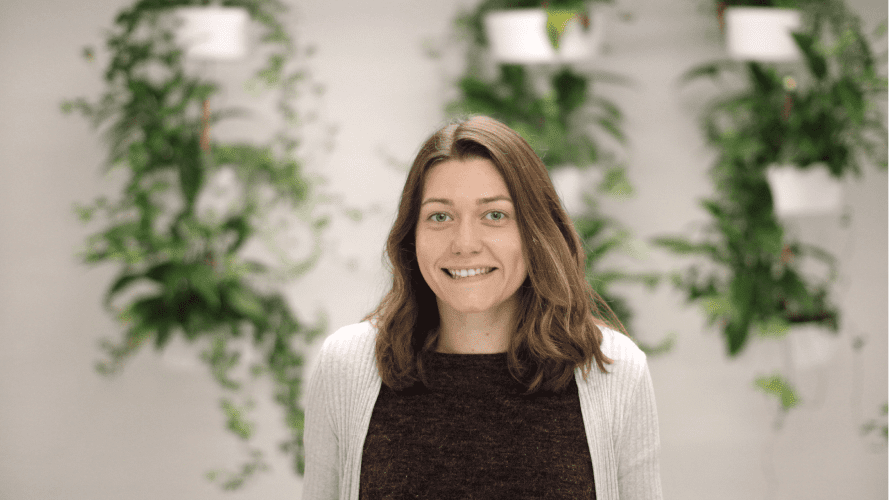
Delivering a fantastic customer experience (CX) isn’t possible without an outstanding user experience (UX). What’s the difference, did you say? Well, the UX relates to the product, while the CX relates to the brand as a whole.
Ok, so that’s a hugely simplified explanation, given what enormous areas of work both CX and UX are, but we’ll leave delving deep into the differences for a whole other article!
Right now, we’re looking at how Tyk’s user experience team is helping to enhance the overall customer experience. As such, we’ve grilled UX Architect Sophie Riches on what she and her team are doing to make every user’s interaction with Tyk a positive one. Let’s start with the basics…
What does a ‘positive user experience’ actually mean?
Giving the user a good experience means making the product easy and efficient for them to use, while removing any pain points and frustration from the process. It’s about making the product an enabler, rather than a blocker.
That means doing a LOT of research. We speak to our users as often as possible, getting to the heart of their use cases and understanding what they need to achieve and why. We use that feedback to guide our development decisions, to ensure we’re on the right track when it comes to solving our users’ problems.
Looking after the UX side of things means working across the entire product. We have UX specialists sitting in all of Tyk’s product squads. I also sit in the product leadership team, so that UX considerations are an intrinsic part of strategic product decisions and of the overall Tyk roadmap.
How does UX feed into CX?
You can’t have a superb CX without devoting plenty of effort to the UX. Using the product is such an integral part of the overall customer experience that it has to be right.
By focusing on individual users’ interactions with the product, the UX team can enhance the overall customer experience of Tyk.
How do you support Tyk’s developers to keep the customer in mind when designing our product?
This is something that I’m really passionate about. We’re always working to find new ways to embed this user focus at Tyk, so that the UX is at the heart of the way we do things.
Every time the development team is working on something, for example, the UX team is there to support them to fully understand the use case and person that they are developing for. Tyk is a B2B tool that enables other people to do their jobs, so if we develop the product with that enablement in mind and with a full understanding of why it’s needed, we can deliver the best possible user experience.
How do you go about building a user-centric culture?
Creating a user-centric experience is about building a user-centred mindset into every element of the business. We use personas and use cases where we can to help with this and are constantly seeking feedback from our users around the world.
This is something which needs to flow through the whole company, top down, bottom up and across all teams! We need to keep thinking about who our users are and how we can meet their needs.
Our founders and leadership team are really on board with this user-centric focus, which is really important in enabling Tyk to achieve it. It allows us to take a whole-organisation approach to delivering the best user experience possible.